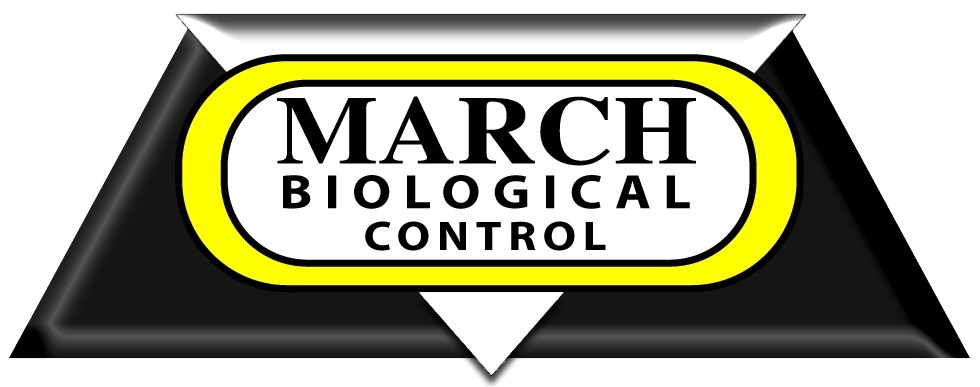What Brad the Bugman has known all along about Beneficial Insects and how important they are to your crops and gardens.

As any gardener/grower knows, insects that pollinate are very important to the success of the crops. And not just because they germinate the plants but because they also help to control insect pests like spider mites and aphids.
Three of the top beneficial insects are lady bugs, parasitic wasps, and green lacewings. Lady bugs and lacewings larvae feed on the under belly of insects that cause damage to plants. Parasitic wasps live on or in an organism of another species, known as the host and obtains nutriments from the hosts’ body.
Lady Bugs are the most widely used and best known form of biological pest control. Famous for their control of aphids, Lady Bugs will also consume large numbers of whitefly, mealybugs, scales, mites and many other soft bodied insects as well as bollworm, broccoli worm, cabbage moth and tomato hornworm. Lady Bugs will consume up to 1,000 aphids in its lifetime in both their larvae and adult stages and work well in garden and greenhouse settings.
One common complaint against the Lady Bug is that once released they will fly off to the neighbor’s house down the street while aphids have their way with your roses and tomato plants. The truth is that once released a portion will fly off and that once the aphids are consumed another portion will fly off looking for food. But there are a few things that you can do to get your Lady Bugs to stay. First, always release Lady Bugs in the evening, they will not fly at night and are not as active when it’s cooler. Another trick is to mix water & regular soda pop (50/50) and spray it on the Lady Bugs just prior to release. The sugar in the soda will cause the Lady Bugs wings to stick together for a few days so they cannot fly away. In this time the females should start laying their eggs in your garden. Lady Bugs are very territorial – Lady Bugs that hatch in your garden will call it home. We also offer Bug Blend, a flowering seed mix that will provide both a natural habitat and the pollen and nectar beneficial required to reproduce, and Lady Bug Breakfast – a supplemental food source to feed your Lady Bugs when the pests have been eaten.
The Green Lacewing is not as widely known as the Lady Bug but controls the same type of pests and is not as prone to fly off. They are sold in their egg stage, which will hatch into larvae in 3 to 5 days, or in the larvae stage for faster control. It is in the larvae stage where the Lacewing controls pests. They look like flat alligators with hollow tusks called mandibles that they use to pierce their prey and suck out body fluids. After 14 to 21 days the larvae pupates into a cocoon for about 14 days to emerge as an adult.
Adult Lacewings are a beautiful green with long translucent wings and large golden eyes. Adults feed on nectar, pollen and honeydew to stimulate their reproductive process. An adult female will lay about 200 eggs. With the right plants it is easy to get a colony of Lacewing to call a healthy garden home.
Lacewing work well in conjunction with Lady Bugs, Spider Mite Predators and Trichogramma. Release 1 Lacewing per sq ft of garden or greenhouse area then repeat every 10 to 14 days until control has been achieved. Early starts get better results faster. Order eggs for the best value, larvae for quickest control. Will not be attracted to Sticky Yellow Cards.
So, the next time you want to reach for the pesticides call Brad the Bugman at 800.328.9140 to order your Beneficial Insects and keep your garden pest-free and pesticide-free.
